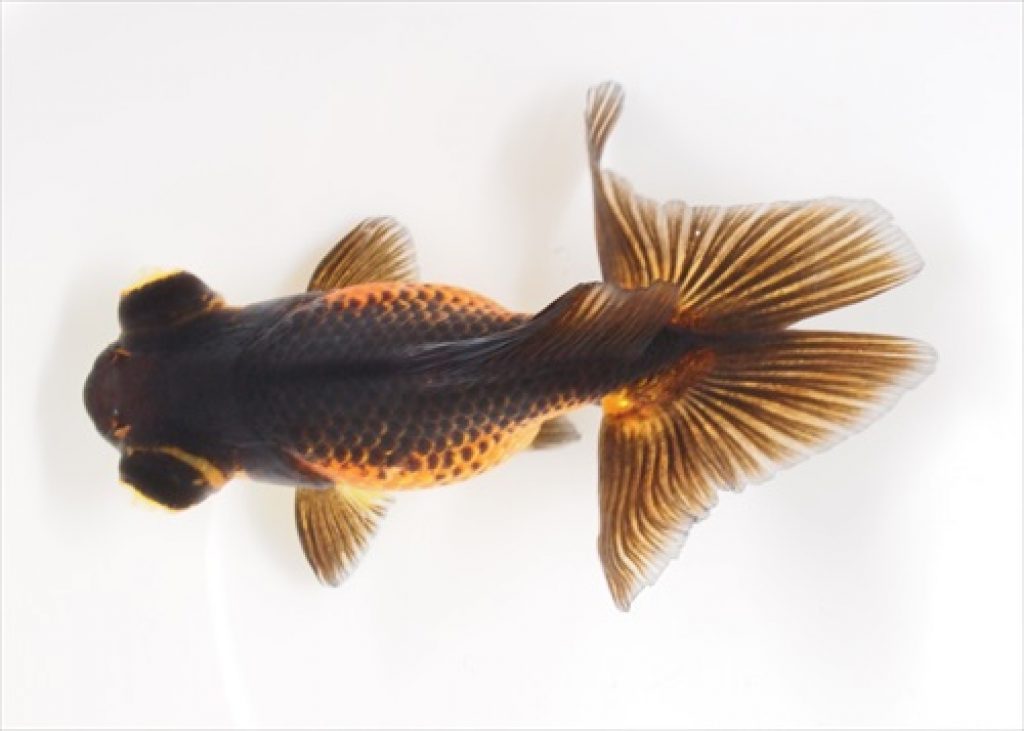
Asian Scientist (Feb. 26, 2014) – Scientists in Taiwan have traced the genetic origins of the split tail seen in the twin-tailed goldfish to a mutation that emerged 400 years ago.
The twin-tail goldfish is a popular ornamental fish with a split tail that gives it a winged appearance.
The twin-tail is caused by a drastic modification of the tail skeleton resulting from artificial selection during domestication for ornamental purposes. These elaborate tails are very rare in nature.
The study, published in Nature Communications, reports that the genetic mutation responsible for the split tail emerged approximately 600 years after goldfish domestication started around the 1000 AD in China.
Kinya Ota and colleagues at Academia Sinica identified a single mutation in one of two recently duplicated chordin genes that is responsible for the split tail.
This mutation affects the caudal skeleton (the tail region) and fins during embryonic development, causing the elaborate tail.
The article can be found at: Abe G et al. (2014) The Origin Of The Bifurcated Axial Skeletal System In The Twin-Tail Goldfish.
——
Source: Nature Publishing Group; Image: Shih-Chieh Liu/Nature.
Disclaimer: This article does not necessarily reflect the views of AsianScientist or its staff.








-768x454.jpg)



